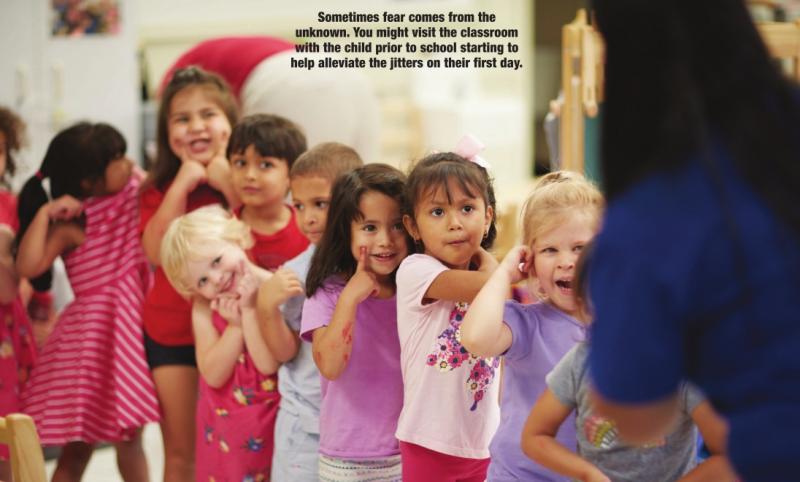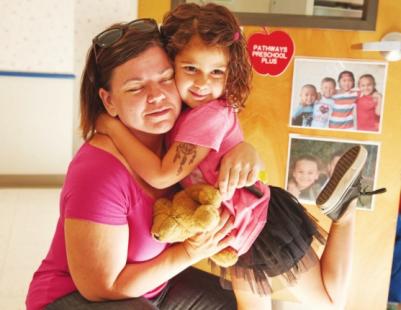
Findings say your own feeling can impact youngters’ comfort
There’s nothing
like a major milestone in a child’s life to test a parent’s confidence.
Big changes like a new school or classroom can be trying for kids and
adults alike, but tackling the transition a little at a time can make it
easier on everyone.
Most
parents agree that being confident is important, but only about one in
three parents feels confident on a typical day, according to
KinderCare’s Parent onfidence Report. However, experts say your own
feelings can impact youngsters. Whether your child is making a big
change like stepping up from pre-K into kindergarten or entering a new
grade in the same
building, there’s likely to be some trepidation. However, each child is
different, which means reactions to change can vary.
Some kids show up ready and raring to go, eager to explore and meet new friends, while others can be a little clingy, tearful or even refuse to look at the teacher or take a step through the door.
If
you think your child might have trouble making the transition, consider
these strategies to help ease both of you into a more comfortable place
and build confidence for a successful school year.
1.
Set up classroom visits before school starts. Sometimes fear comes from
the unknown. By visiting ahead of time and seeing firsthand, your child
can become familiar with the layout of the classroom, meet the teachers
and know what to expect, which can help alleviate some of the anxiety
and jitters.
2.
Talk with your child’s teacher about the transition. Your child’s
teacher should be your partner, so be open and honest from the start.
Talk about how your child handles change, what causes stress or what
behaviors the teacher might expect. Don’t be afraid to call and ask for
updates on your child to see how things are going. Set up regular
checkins over the next few weeks to talk about any additional support
your child may need.
3.
Avoid sneaking away from your child at drop-off. Talk about what will
happen ahead of time and create a consistent and predictable drop-off
ritual, such as two high-fives, a hug and a wave from the window, to
ensure your child feels secure and safe. Continue this routine every day
to help your child get used to the classroom environment, and make sure
the process is a quick, happy one. While you’re typically welcome in
most classrooms, lingering too long can make it harder on your child
once you do leave.
4.
Be enthusiastic. Just like laughter, excitement is contagious. Rather
than focus on nerves or uncertainty, share your own memories from school
including how you felt at the beginning of a new school year and the
excitement of learning and meeting new friends, which can help your
child get hyped up, too.
5.
Set up a work station at home. Creating a designated space at home for
your little learner to do homework, read, write, draw and complete art
projects can help set him or her up to develop good study habits. Stock
this station with colored paper, crayons and markers, pencils, glue
sticks, scissors, books, stickers and other necessary tools, and leave
room for stowing a backpack. Encourage your child to spend time working
on educational endeavors in the space each night.
View
the full Parent Confidence Report and find more advice to help ease
your child’s way into the school year at KinderCare.com.